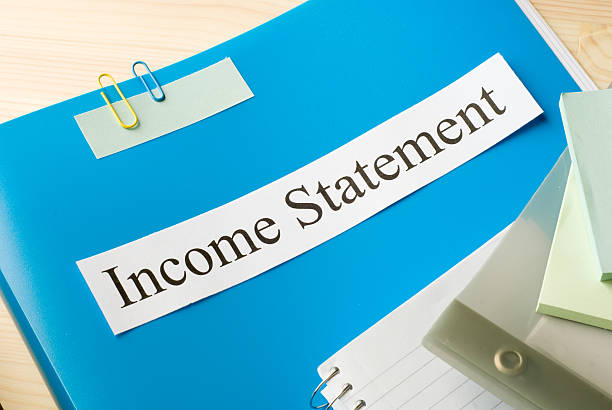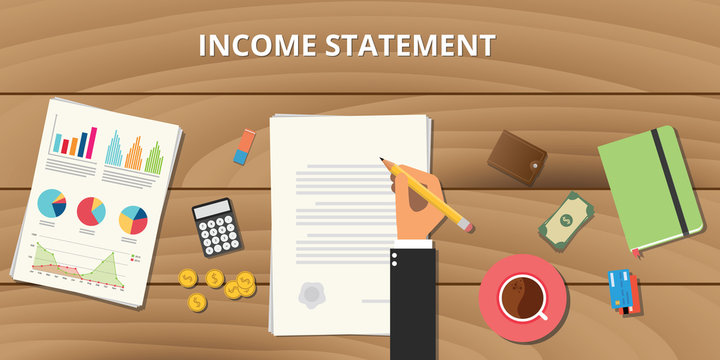One of the three critical financial statements that show how well a business did financially over a specific period is the income statement. The other critical statements are the balance sheet and the cash flow statement. The main focus of the income statement also called the loss, and profit statement or the statement of income and expenses is the company's income and expenses over a specific period. This is not the same as a receipt. The statement of income tells how much money was made. An income statement can tell you a lot about how a company works, how well its management is doing, what parts aren't doing, and how well the company is doing compared to others in its industry. Learn how to break down a company's income statement to determine if it's worth investing in.
How to Read an Income Statement
The income statement is a key part of the company performance reports that must be sent to the U.S. SEC (Securities and Exchange Commission). The balance sheet is a snapshot of a company's finances on a specific date. On the other hand, the income statement shows how much money the business made over a certain period, usually a quarter or a year.

The main points of the income statement are income, losses, expenses, and gains. It doesn't tell the difference between cash and non-cash receipts (cash sales vs sales on credit) or cash and non-cash payments/disbursements. It starts with sales information and ends with net income and EPS (earnings per share). It shows how the company turns its net revenue into net earnings.
Profits and Revenue
The income statement includes the following, but its format can change depending on local laws, the size and scope of the business, and the operating activities that go along with it:
Operating Revenue
The money a business makes from its main activities is called "operating revenue." "Revenue from primary activities" refers to the money that a company that makes a product or a wholesaler, distributor, or retailer that sells that product makes from selling the product. In the same way, if a company's primary business is to provide services, "revenue from primary activities" means the money or fees made from those services.
Non-operating Income

Non-operating, recurring revenue is the money a business makes from things that aren't its primary focus. This money comes from sources other than buying and selling goods and services. It may come from various sources, including interest gained on company capital deposited in a bank, rental revenue from commercial buildings, money from strategic alliances such as royalty transfer receipts, or income from advertisements placed on commercial buildings.
Gains
Gains are the total amount of money made from selling long-term assets. "Other income" is another name for them. These are things like the net income from one-time non-business activities, like when a company sells an old van, some land it doesn't need, or a subsidiary company. Money coming in is not the same as money coming in. Most of the time, income is recorded in the same period that sales or services are made. When money comes in, it is called a receipt, and when it does, it is written down.
Losses and Expenses
Expenses are the costs that a business has to pay to stay open and make money. Some of these costs may be able to be deducted from your taxes if they meet the rules set by the Internal Revenue Service (IRS).
Primary-Activity Costs
These costs are the business's main activity needed to make the average operating income. They include the COGS (cost of goods sold), selling, SG&A (general and administrative), R&D (Research and Development), and depreciation or amortization costs. Usually, sales commissions, salaries, and the costs of transportation, electricity, and other utilities will be on the list.
Secondary-Activity Costs
These costs are for things that aren't the most crucial part of the business, like paying interest on loans.
Losses as Expenditure
These costs are part of a lawsuit or a sale of long-term assets that loses money. They can also be one-time costs or other costs that aren't common. Primary revenue and expenses show how well the company's main business is doing. Secondary revenue and expenses show how involved the company is in activities not part of its main business and how well it manages those activities.
Conclusion
A business's income statement tells important things about many different parts. It has readings about how a company works, how well its management is doing, where it might be losing money, and how well it is doing compared to other companies in the same field.











